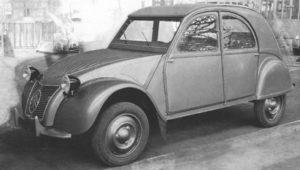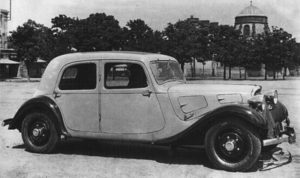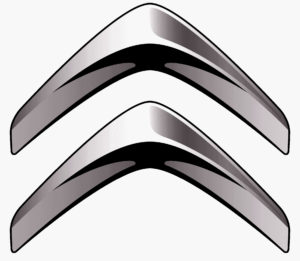Citroën have been creating cars for a century. In that time…
The early years
RWD – 1919-1935. Including the Type A, Type B, Type C (Cloverleaf), AC4, AC6 and the ‘Petite Rosalie’.
Traction Avant – Largely thanked it for the reputation for advanced technology and innovative engineering.
H Van – The corrugated-steel van became one of the most enduring icons of post-war provincial France.
A-Series (2CV & Derivatives) – More French than a baguette, the A-series range includes number of cars.
DS – Known as The Goddess it was totally ahead of its time and full of groundbreaking technical innovations.
SM – A Maserati engined grand tourer clothed in a delectable body by Robert Opron.
André Citroën was an entrepreneur industrialist of the old school. After early successes with industrial gear manufacture and armaments production, he joined the Mors car company, and gained a taste for the automotive industry. After the end of WW1, he decided to set up a company of his own – and here our story starts. The first car to carry the Citroën name was the type A of 1919. It was the first true mass-produced European car and, unlike others of the period, came with electric lighting, starter and hood – It provided comfort at a price ordinary people could afford. It was a huge success.
From this auspicious beginning further famous Citroëns emerged : the B2, B10 and 5cv(known as the cloverleaf). Citroëns became known for their reliability and strength – proven through expeditions such as being the first cars to cross the Sahara. André Citroën himself became well-known, as he took every opportunity to advertise his company, including hiring the Eiffel Tower and illuminating the Citroën name down the side! Amongst other innovations, Citroën instigated the first car distribution dealer network; the first local after-sales organisation and the first repair and spare parts catalogues.
The Horse before the Cart – Traction Avant
In 1934, Citroën shook the world with the first mass-produced front wheel drive car – the famous Traction Avant. It was low, smooth, streamlined; allowed very positive handling, and a safe comfortable ride – It took the world by storm! The vast majority of todays cars all owe Citroën an immense debt, through the pioneering of FWD. The Traction proved to be a fitting memorial to André Citroën, who tragically died shortly before the Traction became available, burdened by the development costs of this great gamble. The Traction went on to become one of the great success stories of this era, becoming synonymous with the Resistance in WW2, as well as pre- and post-war Parisian streets.
An Umbrella on Four Wheels – 2CV
ance prospered, so a need for a more mature and refined small car became evident. The 2cv matured into the Ami, a strange looking car with agility, charm and character in quantity; and the Dyane – intended to replace the irreplaceable 2cv. The timeless charm of the tin snail outlived them both, lasting until 1990.

The Goddess – DS
Back to 1955. The 2CV was a success, De Gaulle’s France was almost recovered from the war, and the Traction Avant was aging. Citroën managed to repeat the Traction’s innovation, with the technological tour de force that was the DS (pronounced Déèse – the Goddess). It featured a semi-automatic gearbox, fully-powered disc brakes, powered steering and oleopneumatic suspension, which used gas and fluid as the springs. All of this was clothed in a highly aerodynamic body far in advance of anything else available for many years after. For those who preferred less complexity, the ID (Ideé – Idea) was available with manual steering and gears. So advanced was the DS that today, many other car makers cannot better it.




